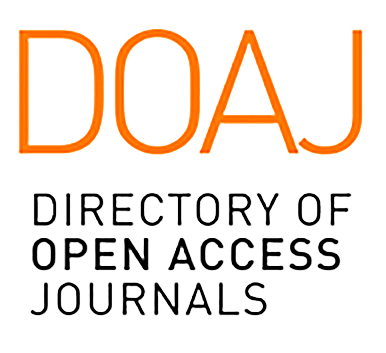Public Paper
-
Is Fragility A Disintegration Continuum?Analysis of Conceptual Nexus
ISSN: 2195-1381
Publisher: author
Is Fragility A Disintegration Continuum?Analysis of Conceptual Nexus
View Paper PDF
Abstract
The relationship between fragility and integration is determined through critical analysis of concepts. Review of sociological theories of conflict and integration deduce indices of role played by intense conflict/violence in creating fragility and integration. It was revealed that fragility does not describe disintegration, rather it showed a strong relationship between fragility elements of violent conflict and integration. As sociologist predicted, intense and or frequent low conflicts influenced positively on integration but not necessarily disintegration. Fragility concept did not consider this possibility in its continuum mapping. Concepts identified to aid integration rather than disintegration connects with vertical-horizontal relationships. fragility exists and is created vertical relationship while integration is at the horizontal level. Governments’ failure at the vertical (political) structure although influences fragility...
SUBMIT CONCEPT ASK QUESTION
International Category Code (ICC):

ICC-0202
Evaluator Publisher Relations Manager
International Article Address (IAA):
Pending
Paper Profile:
Private
Visitors: 0
Paper Evaluation: Pending
ASI-Factor: 0
Paper Improving: Pending
Paper Flaws: 0
References
Andersen, L., (2008), Fragile States on the International Agenda', Part I. in Fragile Situations: Background papers, Engberg-Pedersen, L., Andersen, L., Stepputat, F., and Jung, D., Danish Institute for International Studies, Copenhagen, pp 7-20
Awa, E. O (1983). National integration in Nigeria: problems and prospects. Distinguished lecture NO. 5 Nigerian Institute of social and economic research, Ibadan. October.
Barakat, Karpinska and Paulson (2008). Desk Study: Education and Fragility. Conflict and Education Research Group (CERG). April 2008
Centre for Research on Inequality and Social Exclusion (CRISE, 2009). Fragile States. Frances Stewart & Graham Brown (Eds). CRISE Working paper No. 51 January 2009.
Coser, L (1960). Some social functions of violence. Annals of the American Academy of Political and Social Sciences. 364.
Coser, L. (1956). The Functions of Social Conflict. New York: The Free Press.
Coser, L. (1968). The function of dissent. The dynamics of dissent. New York, Grune and Stratton (ED) pp 158 -170.
Crisis States Research (2007). Crisis States Research Centre. Annual Report Oct 2007 – Sept 2008.
Dahrendolf R. (1958) Out of utopia: towards a reorientation of sociological analysis. American Journal of Sociology 64. p 127.
Dahrendorf R (1959) Class and class conflict in an industrial society. Stanford CA. Stanford University press
Davies, J.C (1962). Towards a theory of revolution. American Journal of Sociology 27. Pp 5-19
Deutsch, K (1979). Tides among nation: the free press, New York.
DFID, (2005); Why We Need to Work More Effectively in Fragile States. London: DfID
Onimode B. (1983). Problems of growth, development and national integration- economic Issues. Paper read at the national institute for policy and strategic studies Kuru, Jos March.
Organisation for Economic Co-Operation and Development (OECD/DAC (2008c), Concepts and Dilemmas of State Building in Fragile Situations: from fragility to resilience. Journal on Development. Volume 9, No. 3
Seymour J.D (1976). China: politics of revolutionary reintegration. Thomas Crowell, New York
Simmel G. (1956). Conflict and the web of group affiliation, Trans K.H Wolf (Glancoe, II), free Press.
Turner J. H (1997). The structures of sociological theories. USA Wadsworth Publishing Company.
United States Agency for International Development (USAID 2006). Measuring fragility indicators and methods for rating state performance. Silver Spring: USAID.
United States Agency for International Development (USAID, 2005) Fragile states strategy. PD-ACA-999. USAID.
Van de Berghe, P. (1963). Dialectics and functionalism: towards a theoretical synthesis. American Sociological Review 28, pp. 695-705.
























































